Native plants are the backbone of natural ecosystems, providing essential habitat, food, and shelter for local wildlife while contributing to the overall health and biodiversity of the environment. By incorporating native plants into your garden design, you can create a beautiful and sustainable landscape that not only thrives in your local climate but also supports native wildlife populations. In this guide, we’ll explore the benefits of using native plants in garden design and provide tips for integrating them into your outdoor space.
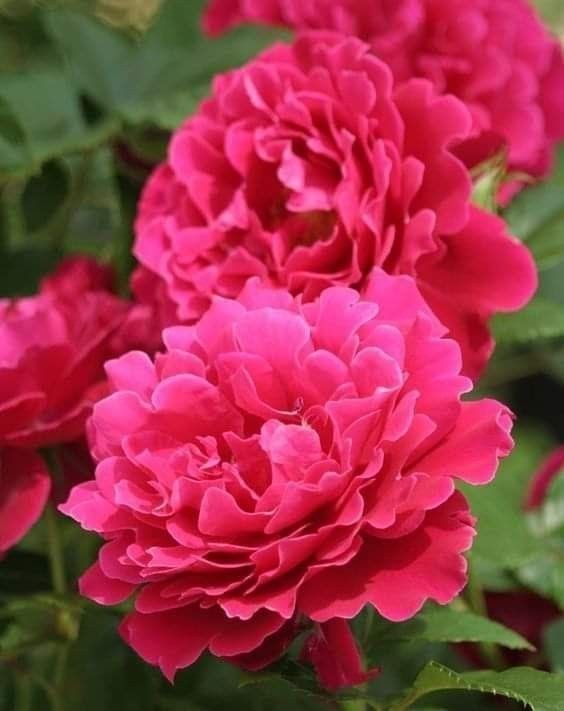
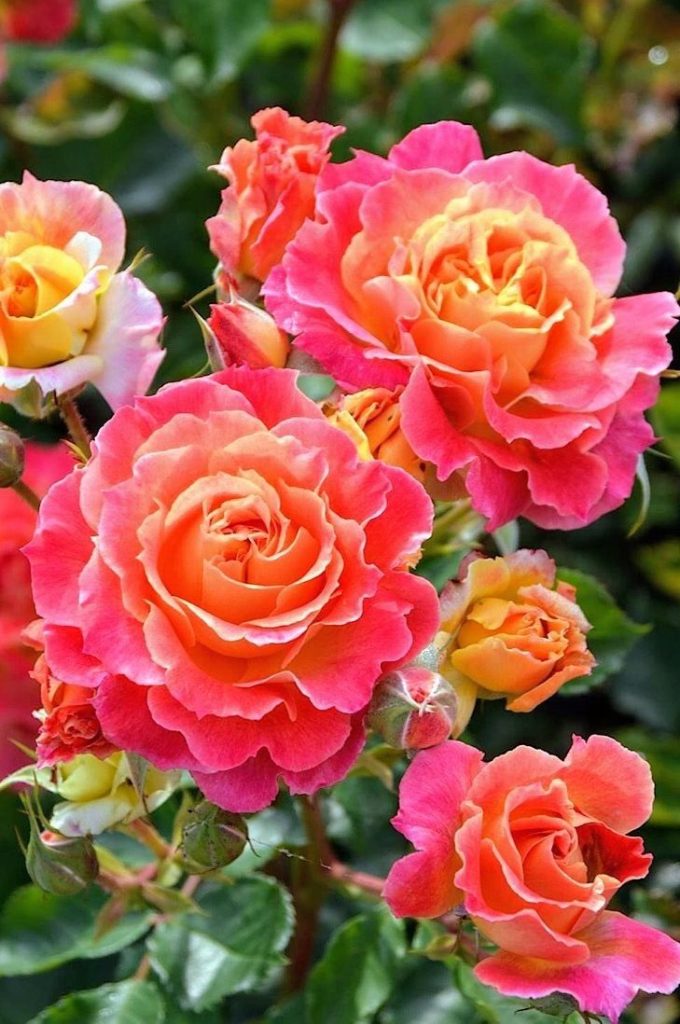
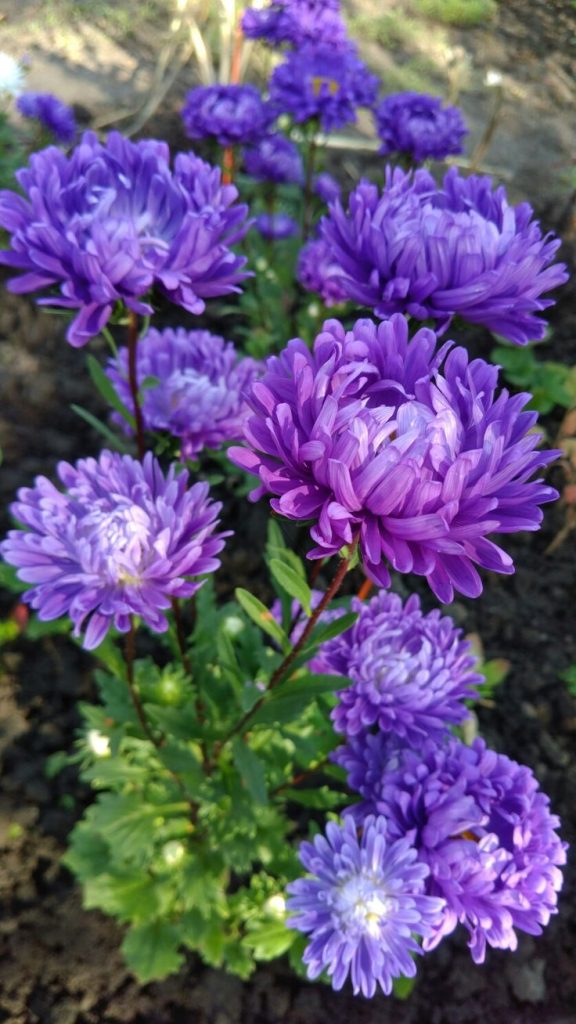
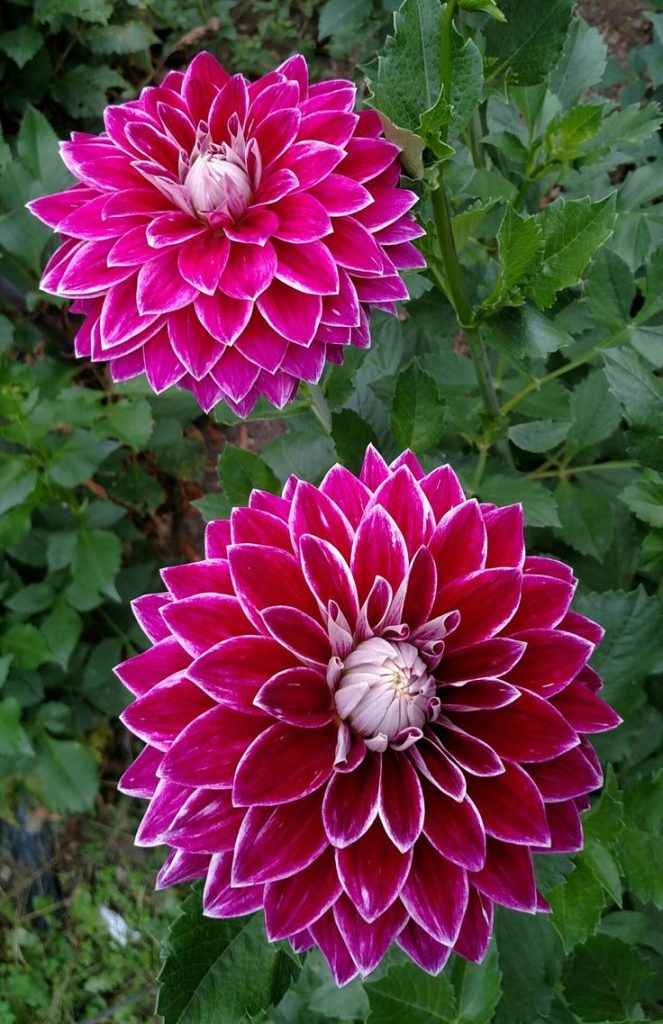
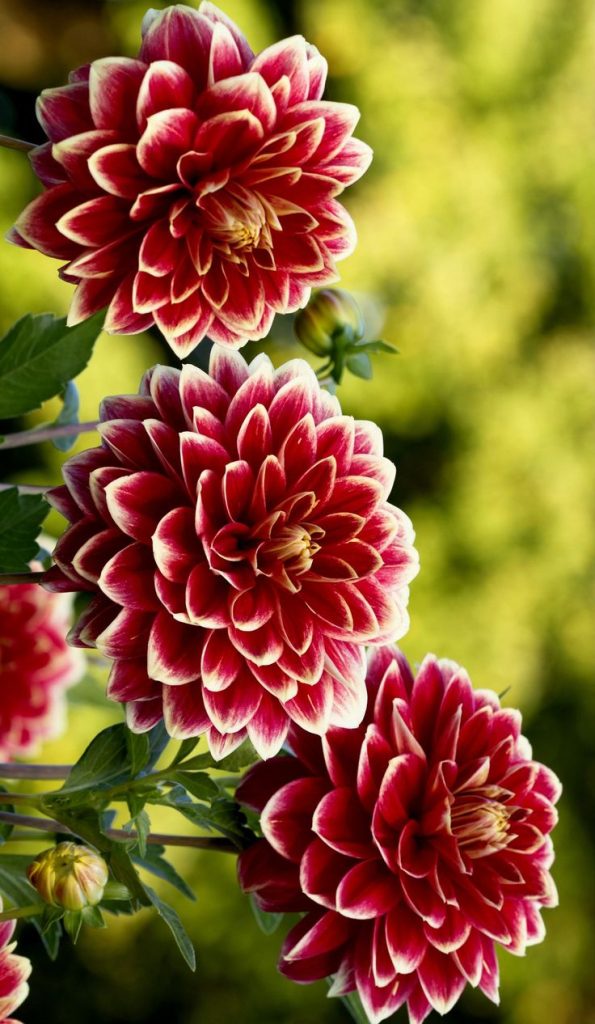
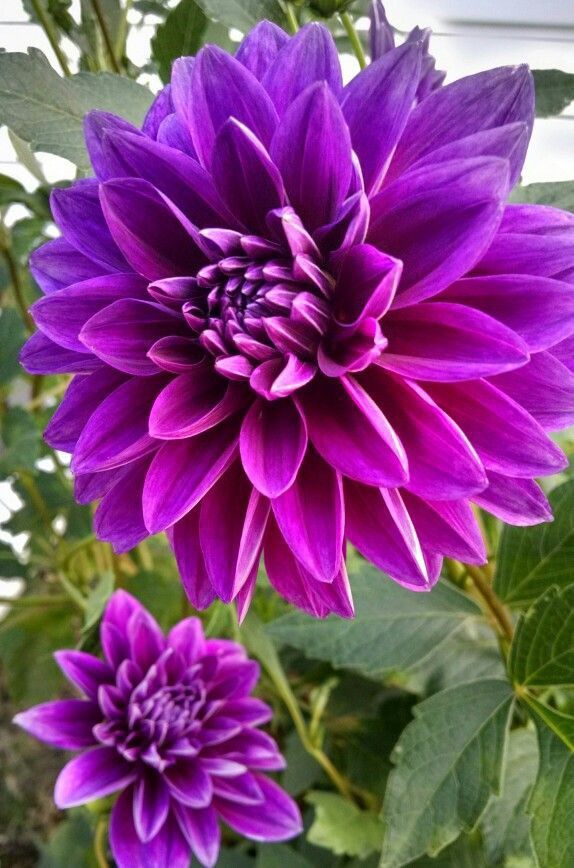
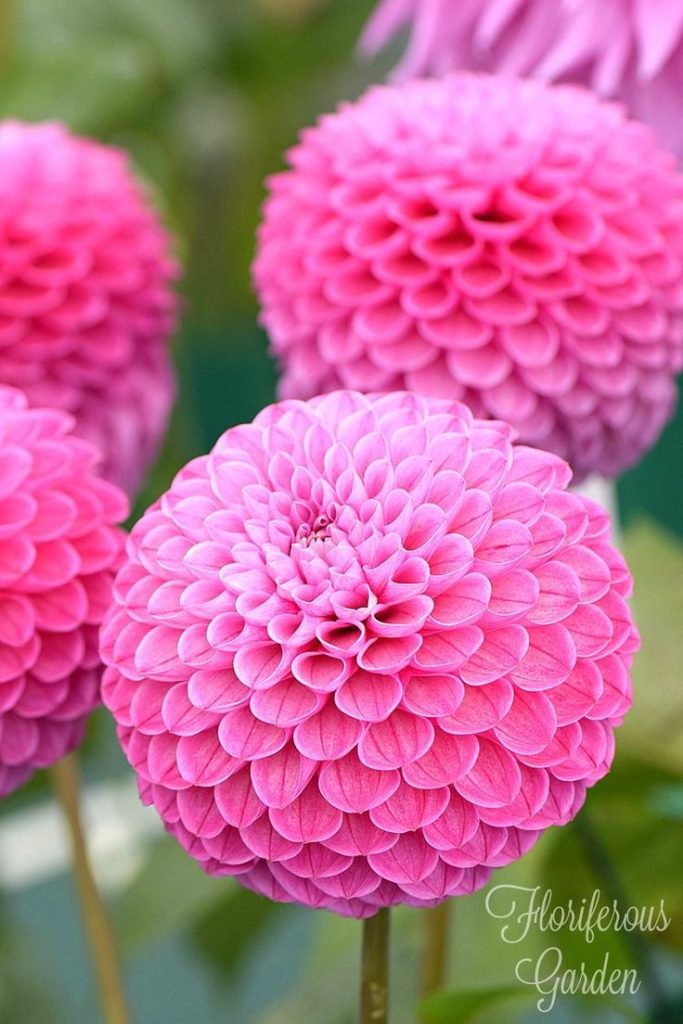
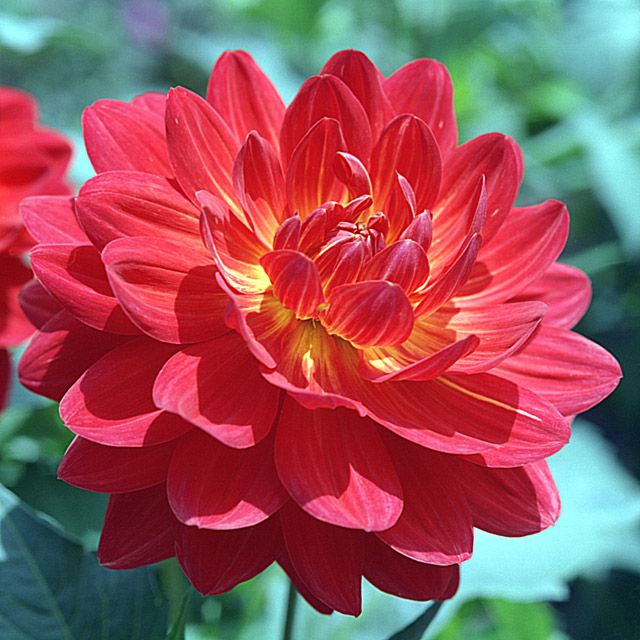
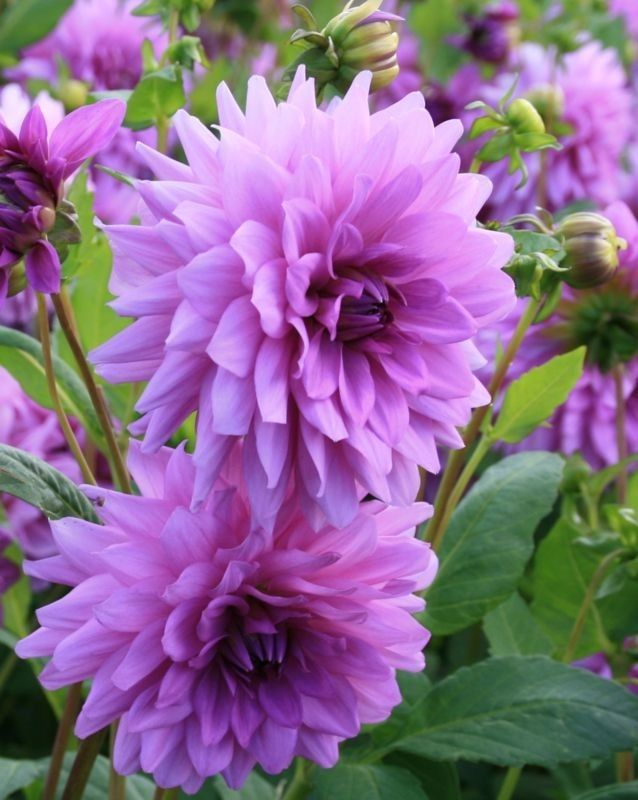
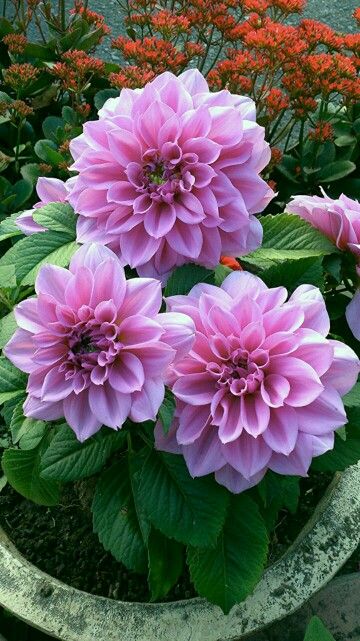
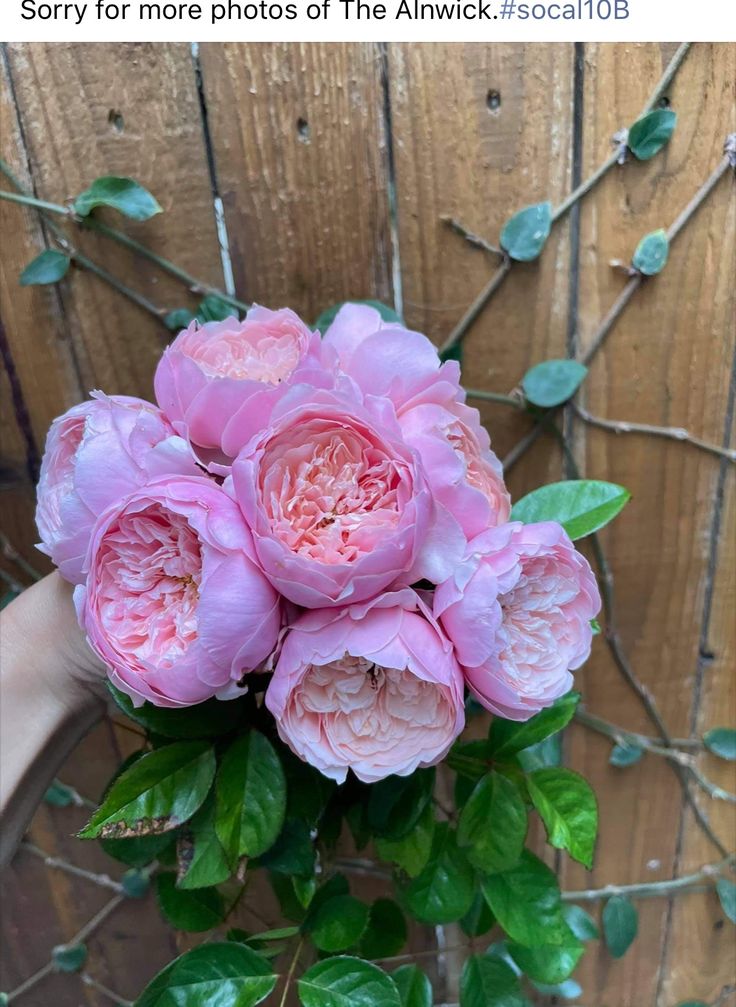
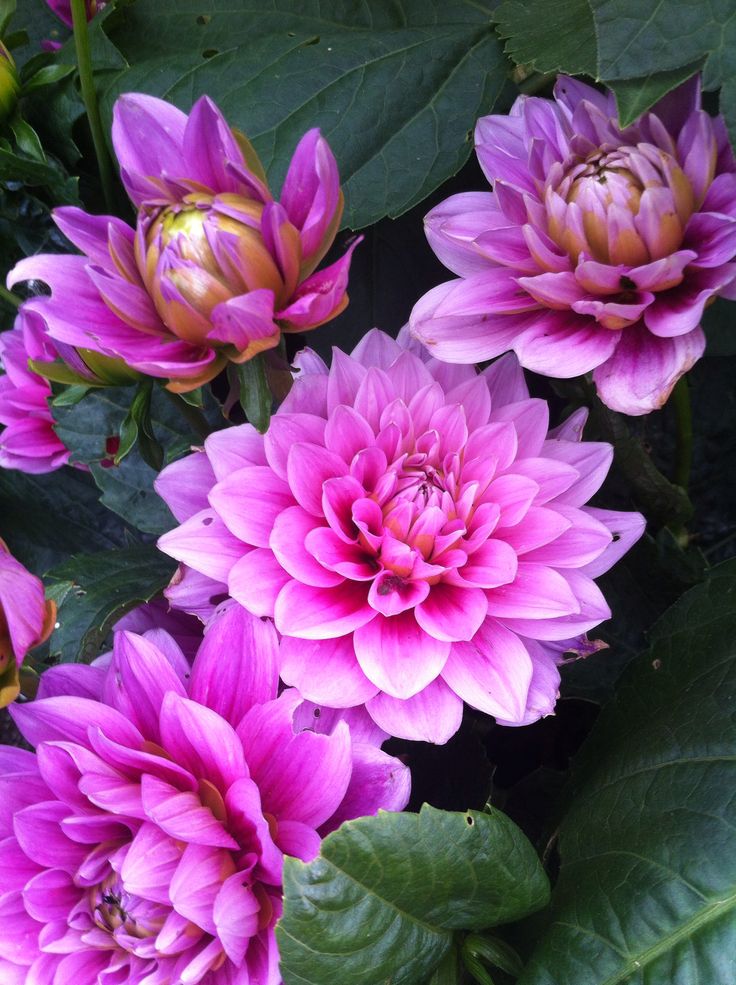
Understanding the Benefits of Native Plants
- Adaptability: Native plants are well-adapted to the local climate, soil conditions, and environmental factors, making them more resilient and easier to care for than non-native species. They require less water, fertilizer, and pesticides, reducing the need for maintenance and promoting a healthier ecosystem.
- Wildlife Habitat: Native plants provide essential food, shelter, and breeding habitat for local wildlife, including birds, butterflies, bees, and other beneficial insects. By planting native species, you can attract a diverse array of wildlife to your garden and create a thriving ecosystem that supports biodiversity.
- Ecosystem Services: Native plants play a crucial role in ecosystem services such as soil stabilization, water filtration, and air purification. Their deep roots help prevent erosion, absorb excess rainfall, and improve soil health, while their foliage filters pollutants from the air and provides shade and cooling effects.
Selecting Native Plants for Your Garden
- Research Local Species: Identify native plant species that are well-suited to your specific region, climate, and soil conditions. Consult with local botanical gardens, native plant nurseries, or extension offices for recommendations and guidance on selecting the right plants for your garden.
- Consider Habitat Needs: Choose native plants that provide a variety of habitat elements, including food sources, nesting sites, and shelter for wildlife. Select a mix of trees, shrubs, perennials, and groundcovers to create diverse microhabitats and attract a wide range of species.
- Plan for Succession: Incorporate native plants with staggered bloom times and seasonal interest to ensure year-round beauty and functionality in your garden. Designate areas for early spring bloomers, summer flowering plants, and fall foliage to provide continuous color and interest throughout the seasons.
Designing with Native Plants
- Create Naturalistic Plantings: Mimic the patterns and compositions of natural ecosystems by planting native species in drifts, clusters, or layers according to their growth habits and habitat requirements. Use native grasses, wildflowers, and understory plants to create a diverse and dynamic landscape that reflects the beauty of the local environment.
- Embrace Imperfection: Allow native plants to grow and interact naturally, embracing their wild and untamed beauty. Avoid over-maintaining or overly manicuring your garden, as this can disrupt natural processes and limit the ecological benefits of native plantings.
- Integrate with Existing Landscape: Incorporate native plants into existing landscape features such as woodland edges, meadows, or rain gardens to enhance their ecological value and create seamless transitions between natural and cultivated areas. Blend native and non-native species thoughtfully to create a balanced and harmonious garden design.
Conclusion
Incorporating native plants into your garden design is not only a way to beautify your outdoor space but also a powerful means of supporting local ecosystems and promoting biodiversity. By choosing native species that are well-suited to your region and creating habitats that mimic natural ecosystems, you can create a sustainable and resilient landscape that benefits both people and wildlife. So take inspiration from the natural world around you, and let native plants be your guide in creating a garden that celebrates the beauty and diversity of your local environment.